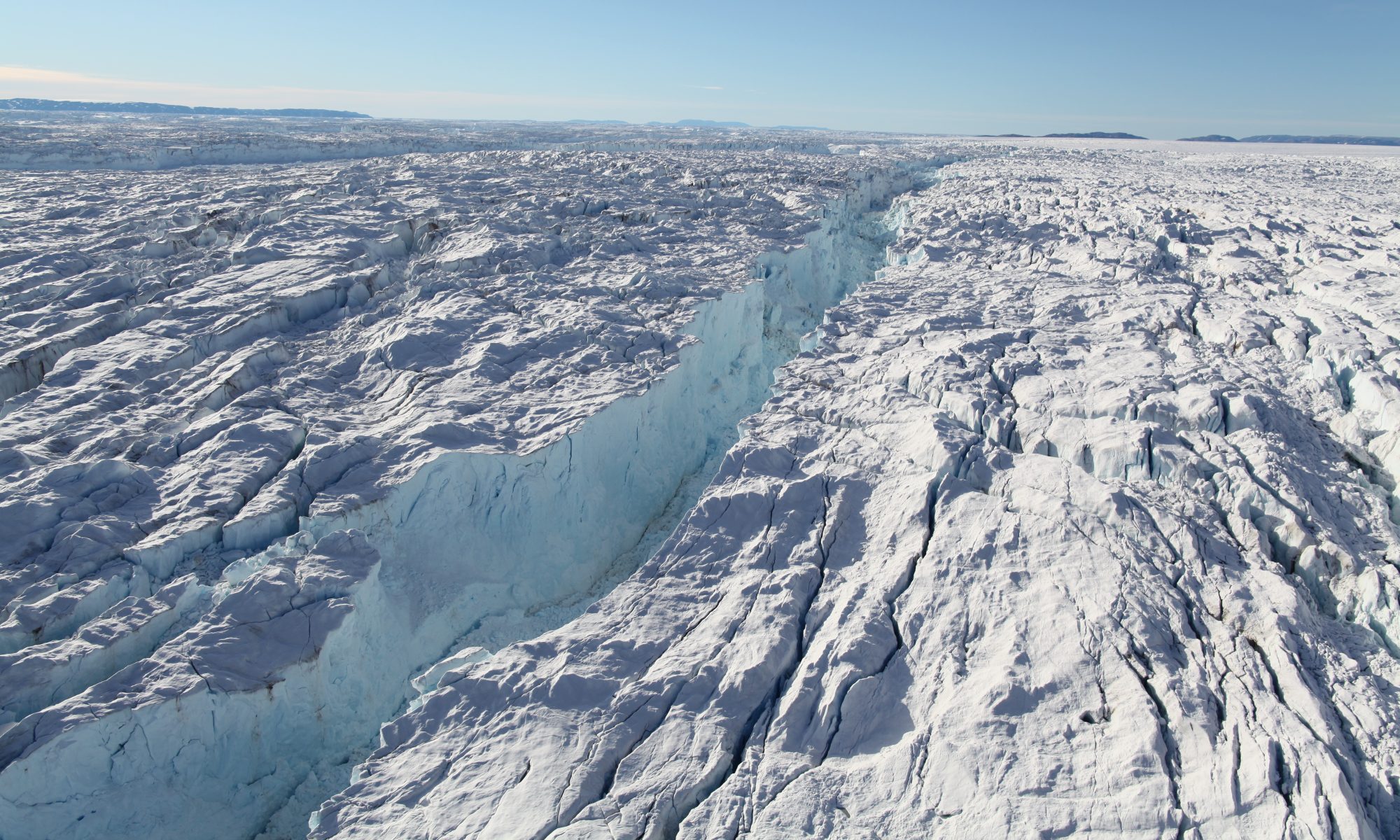Mass loss from Greenland ice sheet has increased rapidly, mainly due to the acceleration of outlet glaciers. One main reason for the glacier acceleration is the increase in submarine melting associated with ocean warming. However, the mechanism of ocean impacts on subaqueous melting and glacier acceleration has not been well studied by direct measurements or by numerical experiments on Greenland tidewater glaciers.
We use field data obtained by ship (multi beam echo sounding, CTD) combined with numerical models to study the subaqueous melting and its impacts on glacial dynamics. MITgcm (Massachusetts Institute of Technology general circulation model) is used to simulate subaqueous melting on the vertical ice-ocean interface of Greenland tidewater glaciers. The ocean model results help force an ice sheet model to estimate glacial acceleration caused by the submarine melting. Fjord data and other remote sensed observations help validate the model simulations. This work is being applied to the entire Greenland and adjacent ocean to project the mass loss from Greenland in a warming climate.
